Behold, the return of the no-nonsense centre-back – but are they here to stay?
Alex Hess says the Premier League is a throwback to days gone by this season, as strength is in and style out when it comes to central defenders...
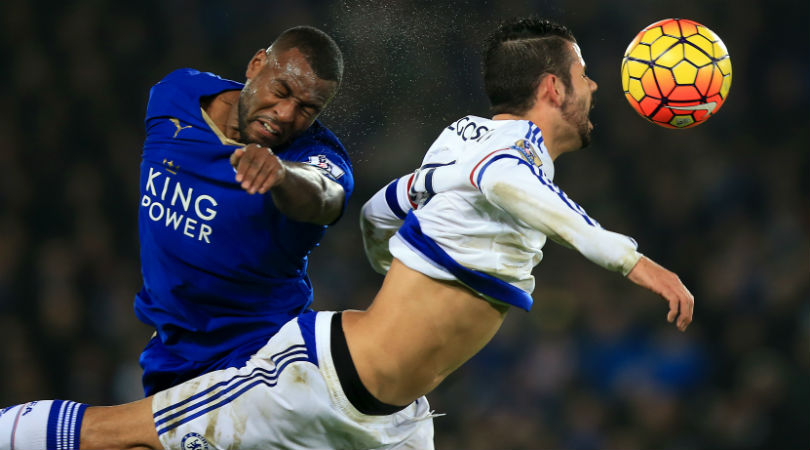
The clue’s in the title – except it isn’t. The label “old fashioned centre-half” may be harking back to a bygone age, but the breed of player it refers to couldn’t be more relevant today. All around England’s top tier, the men of the past are thriving gloriously in the here and now.
The evidence is everywhere. At the league’s summit sit Robert Huth and Wes Morgan, in every sense the phenomenon’s two biggest examples. Just below them is Toby Alderweireld, a more refined footballer but one in a similar mould and the season’s standout centre-back. Another rung down, West Ham’s backline has been marshalled splendidly by Winston Reid, Southampton’s equally so by Virgil van Dijk.
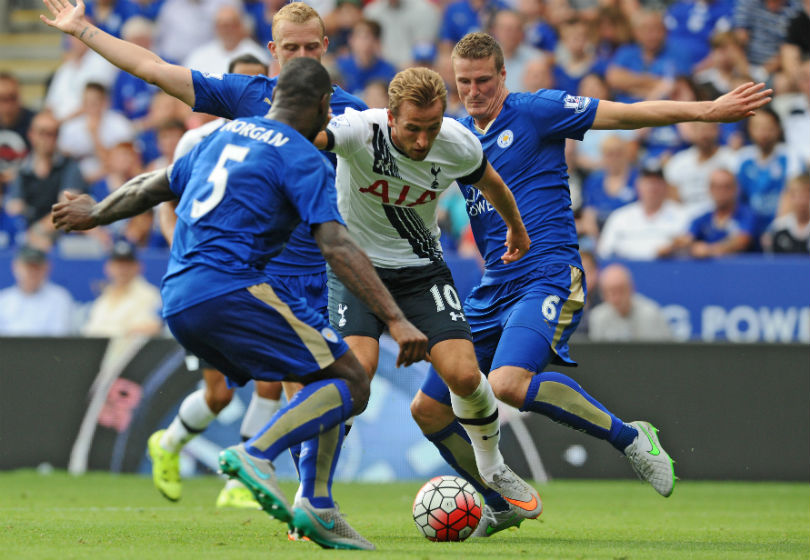
The bottom half’s two most miserly defences include Craig Cathcart, Gareth McAuley and Craig Dawson, a trio whose nuts-and-bolts approach lays bare their formative years in the lower leagues. And among last season’s most startling storylines was John Terry’s scorching Indian summer, achieved alongside fellow unfussy lighthouse Gary Cahill.
Back to basics
All fit the “old-fashioned” archetype, yet all are prospering in the modern age
These are all different players, but their shared traits of size and style are self-evident. All are either toweringly tall or can conjure a leap to dominate the skies. All specialise in an aggressively no-frills interpretation of their role: the basics are performed flawlessly while overcomplicating matters is heresy.
All fit the “old-fashioned” archetype, yet all are prospering in the modern age. Is history simply repeating itself?
Perhaps. Today’s pantheon is certainly in contrast to how things stood at the turn of the decade, when Rio Ferdinand, Daniel Agger, Thomas Vermaelen, Ledley King and David Luiz were all mainstays of England’s bigger clubs, all elegant athletes whose instincts were to sustain possession as stridently as they smothered it.
Get FourFourTwo Newsletter
The best features, fun and footballing quizzes, straight to your inbox every week.
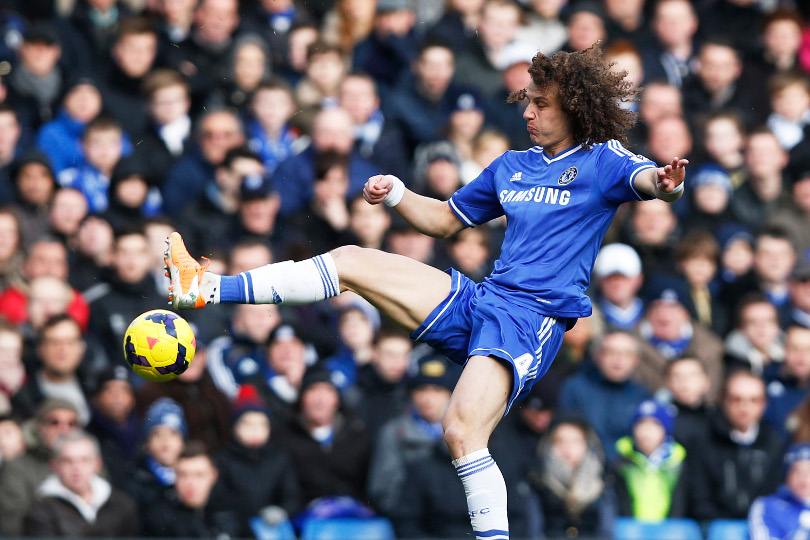
Today, even Stoke, with their glitzy project of aesthetic overhaul, retain the no-nonsense powerhouse of Ryan Shawcross as their defence’s backbone. Everton’s precision-passing game is founded on Phil Jagielka. The mini tiki-taka traders of Bournemouth and Swansea count the similarly rudimentary Ashley Williams and Steve Cook as their go-to stoppers.
Factor in the increasingly withering murmurs about John Stones’s insistence on picking out a team-mate when row Z is staring him in the face, or the way Daley Blind has been exposed as a fissure in Manchester United’s shell, and the trend only seems to be going one way.
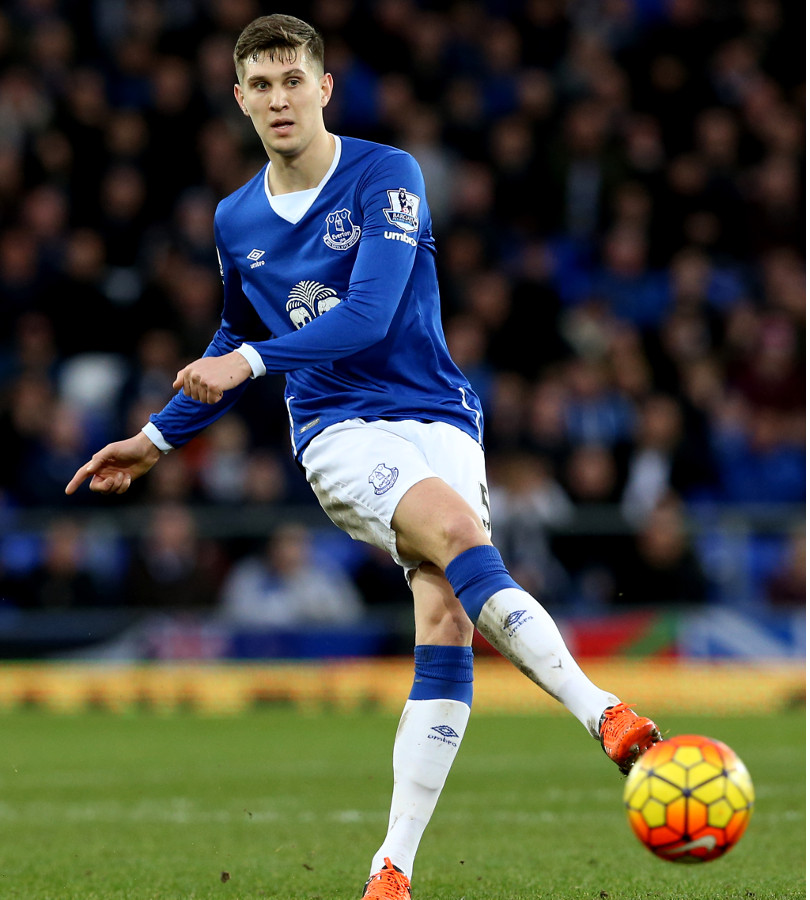
The pattern is clear: in England at least, the no-nonsense stopper of years past has leapt back onto his perch, beating his barrelling chest with delight. But why now?
Sign of the times
The ball-playing centre-back hasn’t really died out, he’s just not much good at the moment
To some extent it is a matter of coincidence. After all, the ball-playing centre-back hasn’t really died out, he’s just not much good at the moment: Blind is a midfielder being played out of position, Stones is still learning.
Elsewhere, Ciaran Clark has been dire; Jan Kirchoff and Marc Muniesa have been shunted elsewhere. It’s also important not to treat the two models as binary, when plenty of defenders – most obviously Alderweireld, Vincent Kompany, Laurent Koscielny, Mamadou Sakho and Chris Smalling – combine elements of both roles.
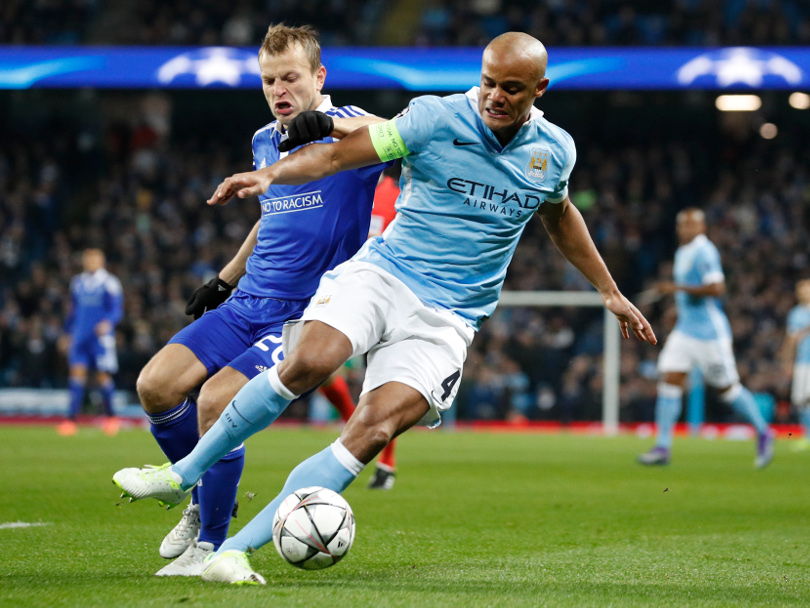
Beyond this, though, the trend does align neatly with the season’s overriding tactical tendency: the rise of counter-attacking. Again, Leicester and their twin towers embody this better than anyone, with the Morgan-Huth axis having provided the perfect base on which to sit deep, absorb pressure, and then spring forward through an energetic midfield, quick-witted playmaker and an electric centre-forward.
Their 'low block' defensive line means the men who comprise it are rarely called on to chase a striker haring into space. Heading away crosses is instead the key task, supplemented by emphatic clearances and stringent positional discipline – hence the hulking, Goliath-like physiques manning the resistance in the East Midlands.
Heading away crosses is instead the key task, supplemented by emphatic clearances and stringent positional discipline
A widespread trend
Leicester may have mastered the setup but they aren’t the only ones employing it: similar blueprints, albeit with tweaks, are in place at West Ham, Crystal Palace (whose bedrock has been the broad-shouldered pairing of Scott Dann and Damien Delaney) and Southampton.
Spurs and Liverpool have both been at their best when breaking at pace. And in hindsight, Chelsea’s procession to the title last year was orchestrated along much the same lines as this one, with Terry, Hazard and Costa in near-identical roles as Huth, Mahrez and Vardy 12 months on.
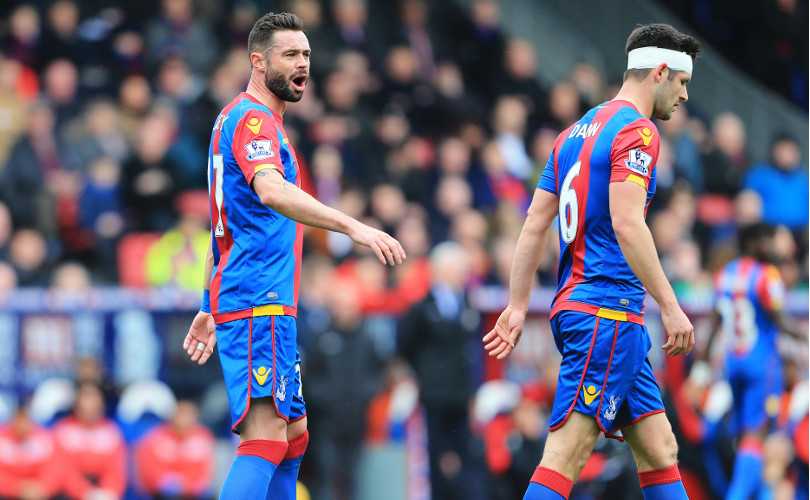
This tactical shift doesn’t perfectly explain the rejuvenation of the old-school stopper – Spurs, for instance, are the league’s best counter-attacking side and also home to its purest ball-playing centre-back in Jan Vertonghen – but it has certainly done plenty to foster an environment in which centre-halves need to occupy their minds with little beyond the simple Sunday League tenets of staying in line, sticking tight and getting rid.
It’s a far cry from how the adventurers of the recent past would pride themselves on their propensity to roam freely with the ball at their feet – David Luiz, driving Gary Neville to much-quoted distraction, being the exemplar.
Here to stay?
Whether the trend is simply that – temporary – or whether it’s here to stay is another matter. Football tactics tend to move in cyclical, reactive chapters regardless, but the current situation is perhaps the function of a mildly freakish season as much as anything.
It’s no coincidence that the names listed at the top here belong almost exclusively to smaller sides punching above their weight (the same sides employing the counter most effectively), of which there’s been an extraordinary abundance this year.
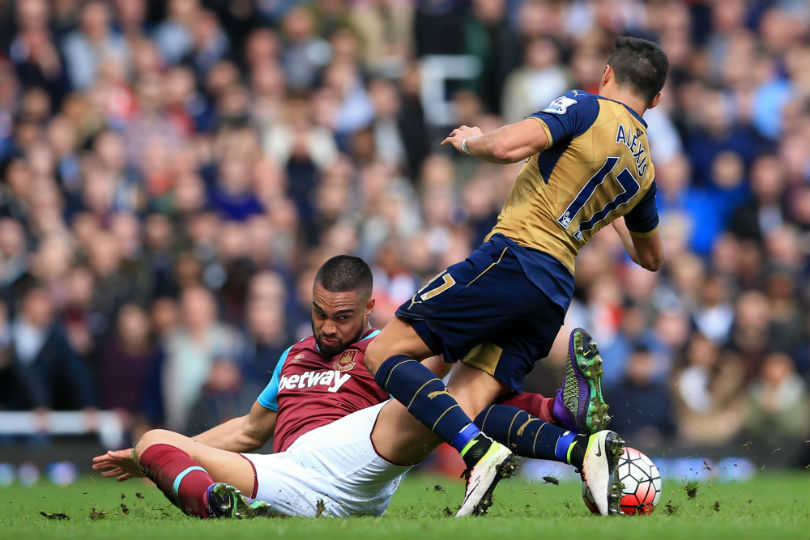
And while this season’s crazed upending of the Premier League’s established power structure has been joyously refreshing, it would be naive to expect all of Chelsea, Arsenal, Liverpool and both Manchester clubs to underachieve so miserably again next season.
Given that all these sides will look to build from the back – to differing degrees of course, but all surely to a greater extent than the Leicesters and Crystal Palaces of today – it’s unlikely that all the league’s standout centre-backs will continue to match the brilliant brutish blueprint of this year.
Real Madrid, Barcelona, Bayern Munich still look to dominate possession, a process set in motion by urbane defensive strollers like Gerard Pique, Sergio Ramos and Javi Martinez
Technical tendency
Looking further afield, the continent’s elite sides – Real Madrid, Barcelona, Bayern Munich – still look to dominate possession (albeit in Barcelona’s case, not as dogmatically as they once did), a process set in motion by urbane defensive strollers like Gerard Pique, Sergio Ramos and Javi Martinez.
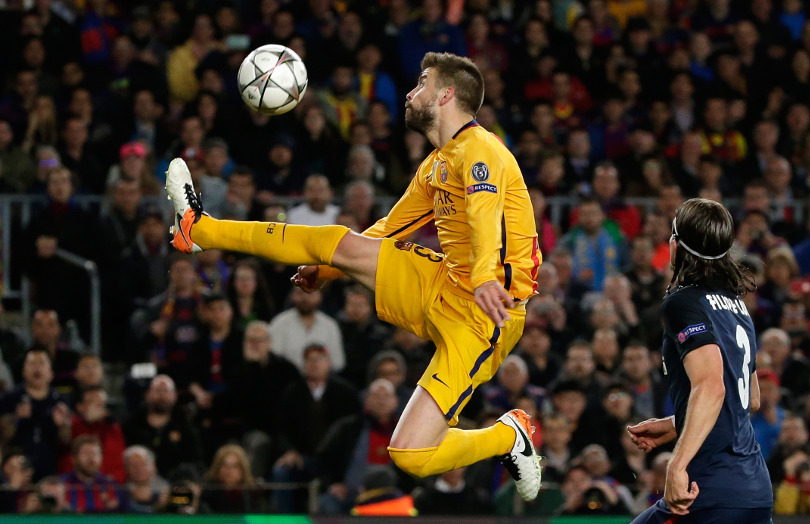

10 relegated teams from history that make Aston Villa look brilliant
6 football tactics that changed the game as we know it
Presuming, then, that England’s top clubs will continue to aspire to those heights, the restoration of a few more high-end players in that mould would seem inevitable. Pep Guardiola’s Manchester City project, for example, won’t get far off the ground without one, while Jurgen Klopp’s first Liverpool recruit was Joel Matip, a centre-back whose teeth were cut in midfield.
Further down the league, though, there’s no reason that the prospering middle classes would meddle with a winning formula. Nor are they likely to be forced to, given how the technical limitations of the likes of Huth and Reid renders them far less likely than, for instance, Stones, to become prey to the sport’s bigger fish. Ultimately, time will tell.
But in the meantime, modernising can wait. This season, old fashioned is back in vogue. For now, if not necessarily into the future, the history boys reign.
